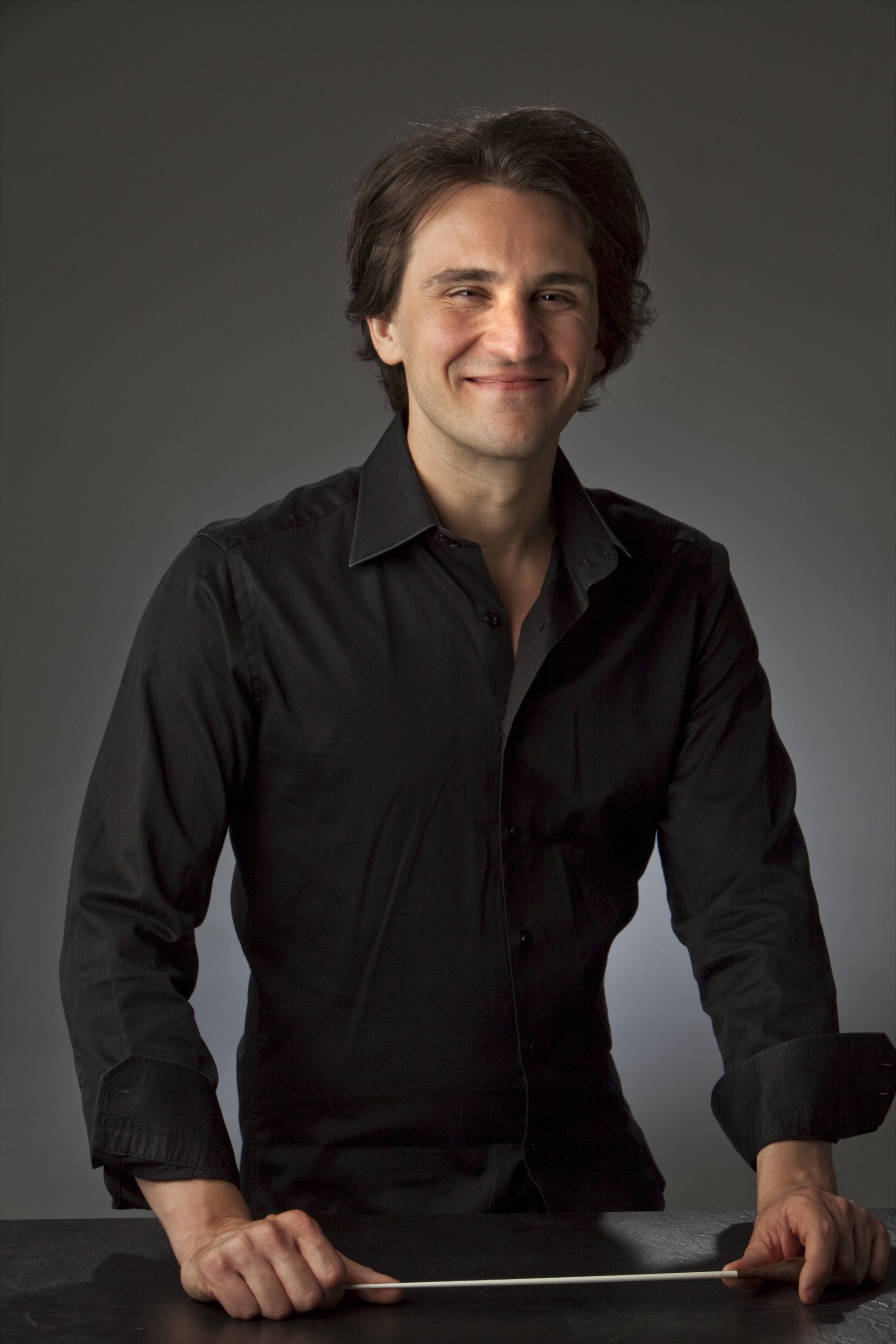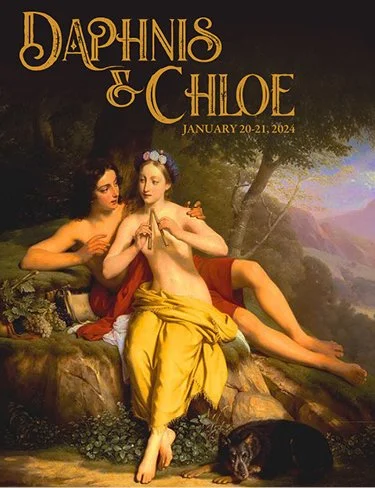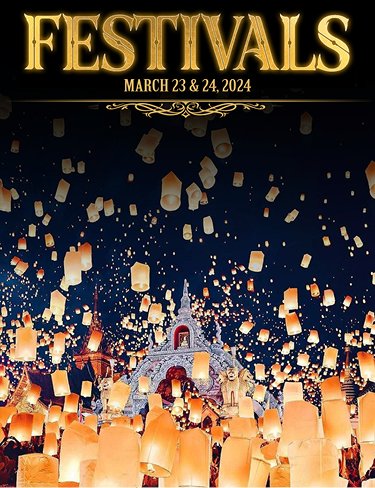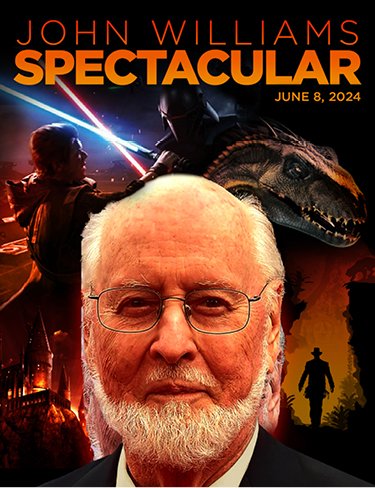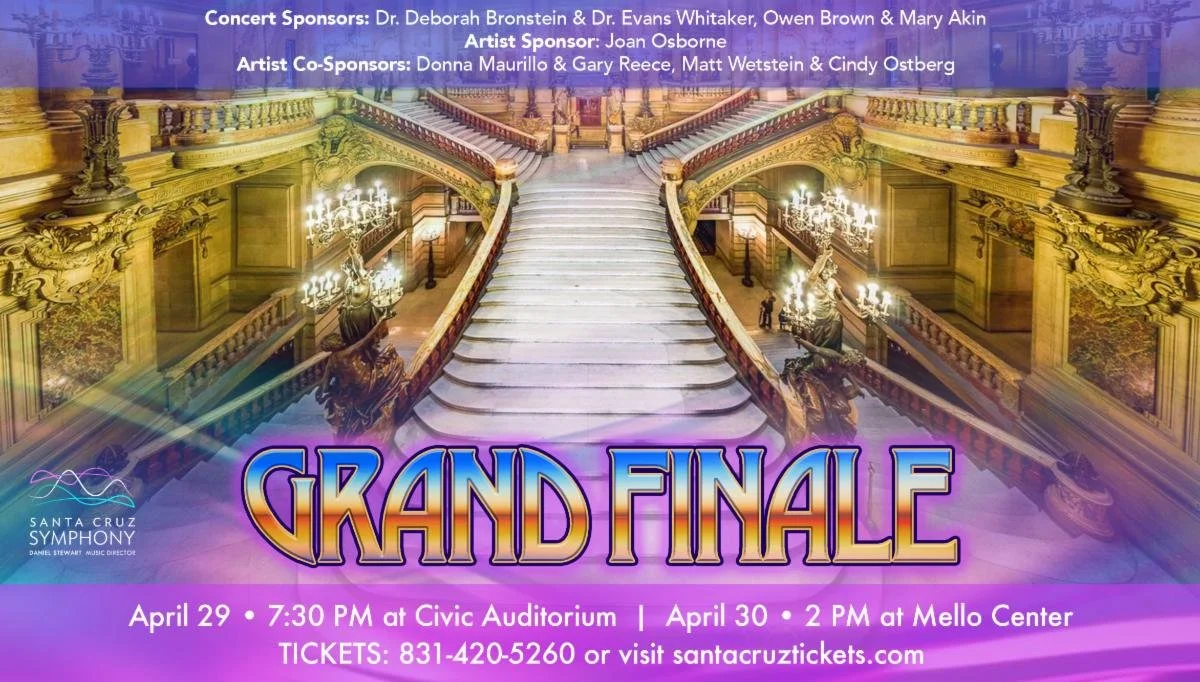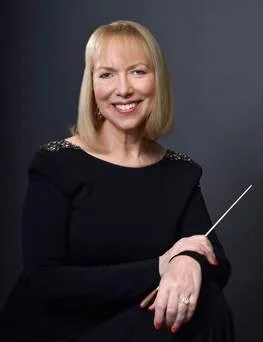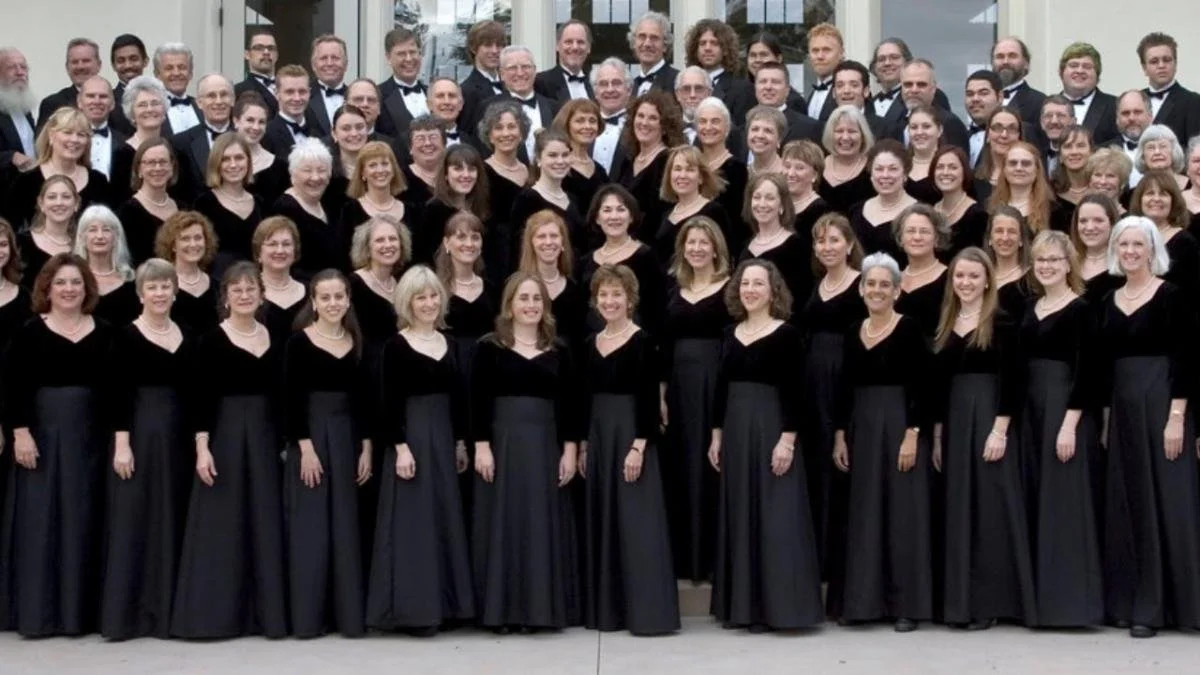Beauty, drama, and supportive emotional depth: Santa Cruz Symphony and Cabrillo Symphonic Chorus perform their Grand Finale concert
Maestro Danny Stewart realized the cosmic projections Wagner intended in his Vorspiel (Prelude) to Act I of Lohengrin, Wagner’s fourth opera. Stewart guided and captured the evasive, catastrophic heavenly explosion depicted during the orchestral prelude that challenges dynamically the very finest orchestras in the world. Wagner’s Prelude to Act I of Lohengrin is a dreamlike kaleidoscope of orchestral color.
The violin string quartet opened the Prelude in the highest register of the orchestra with a shimmering A-major chord designated pp (pianissimo) balanced to perfection, certainly a mark of the orchestra’s musical quality. This single, floating chord appeared as a blur of shifting color and light intensified by the flutes and oboes. The texture was enhanced by the alternating and overlapping sonorities of the strings and winds. In this magical music, Stewart made certain the familiar instruments of the orchestra seemed to dissolve into new, unidentifiable celestial sounds.
The Prelude unfolded as a gradual cosmic crescendo. As new instrumental voices entered, the theme took on increasing nobility. In the context of the opera, this process symbolized the angelic descent of the Holy Grail to Earth. At the 8:30 mark, Stewart guided the orchestra to a new dynamic level. The beginning of endless orchestral sonic waves began to crest and fall, altering one’s perception of time.
A transfiguring harmonic shift unlocked the door to the Prelude’s majestic dramatic apex that alluded to the Greek legend of Sisyphus, who was condemned by the gods for eternity to roll repeatedly a boulder up a hill only to have it fall back down. Stewart and orchestra succeeded in the ascent! This amazing feat was accomplished by Stewart and the orchestra at the 9-minute mark when the decrescendo diminuendo began its descent and vaporescence. Its afterglow faded into a passage filled with quiet tension and surrealistic mystery in which the violins in the upper register descended as the double basses rose. With this, Wagner completed the intended arch form of the prelude.
There is only one theme in the prelude; however, it is used throughout the opera, mainly for Lohengrin’s actions, and is perhaps one of the origins of Wagner’s use of a leitmotif in his music. The Prelude evaporated as it began with a kaleidoscopic A-major chord.
The Elemental Prayer Suite (World Premiere) by Carl St. Jacques (1980-2022) featured Maestro Danny Stewart on viola. St. Jacques writes: “I am a passionate violist who feels music has always been life-changing and affirming. From solo to ensemble playing to outreach and teaching, for me, viola performance is a life calling. It is my vocation to be a compelling artist, advocate of the viola, and bridge for many to classical music. I aim to do this by sharing music with all expressing my true voice, musicianship, and message.”
This work is a meditation-based composition that utilizes the solo voice of the viola to take the listener on a musical journey through the natural elements of Earth, Water, Fire, Air, and Ether. St. Jacques states “The inspiration for this unique composition comes from the Sufi teachings of The Five Aspects of Prayer and the Five Elements by Pir Zia Inayat-Khan.” The rich tonal palette of the viola was certainly on display by the multifaceted Maestro Stewart. The orchestra emphasized its beauty, drama, and supportive emotional depth. The lovely tone of the viola was perfectly suited to the composer’s approach and the strings offered a background texture of pizzicato punctuation and effective tremolos. Overall, this was a deeply moving performance.
Caroline Shaw (1982) is a New York-based musician, vocalist, violinist, composer, and producer who performs in solo and collaborative projects. Shaw states “From the beginning, Music in Common Time was a dream project. Not just for the prospect of bringing together some of my favorite musical colleagues from different worlds, but also for the sonic possibilities of combining A Far Cry’s rich string sound with Roomful of Teeth’s varied vocal timbres.”
Shaw’s Music in Common Time began with a D-major chord that led into strings playing arpeggios and humming voices. At this point, the distinction between performance and composition became clear and important. A work must offer material with which to explore the magnitude of creative possibilities of “varied vocal timbers” that exist with a chorus of 50 and a splendid orchestra. In some ways, the work reflected the incredible one-man, 10-time Grammy Award music machine Bobby McFerrin, who blurred that distinction with the exploration of uncharted vocal creativity.
The Grand Finale concert ended with Wagner’s Entrance of the Guests from Tannhäuser, Act II, the Pilgrim’s Chorus from Tannhäuser, Act III, and the Final Chorus from Die Meistersinger von Nürnberg, Act III. The audience enjoyed the impressive collaboration between the orchestra and Cabrillo Symphonic Chorus. Under the direction of long-time Director Cheryl Anderson, the chorus was in good form and sang with rich gusto, respectable textural clarity enhanced by the subtle, well-balanced dialogue between orchestra and chorus.
Tannhäuser is an important milestone on Wagner’s path to musical drama. The dramatic contrasts between darkness and light were of particular, highlighted in particular, a mark of Maestro Stewart’s tenure with the Metropolitan Opera. It appeared that every bar surged with energy, orchestral thrust, warmth of tone, and marvelous detail. Stewart emphasized the flickering motifs that in turn emphasized Wagner’s masterful orchestration of gently layering woodwinds on top of the rich string sonority. The chorus entrances and overall balance were well done.
Maestro Stewart has created an impressive musical atmosphere based on mutual respect and partnership. Stewart’s persistence to realize intimate detail and the best way to utilize it has become the Maestro’s trademark.


